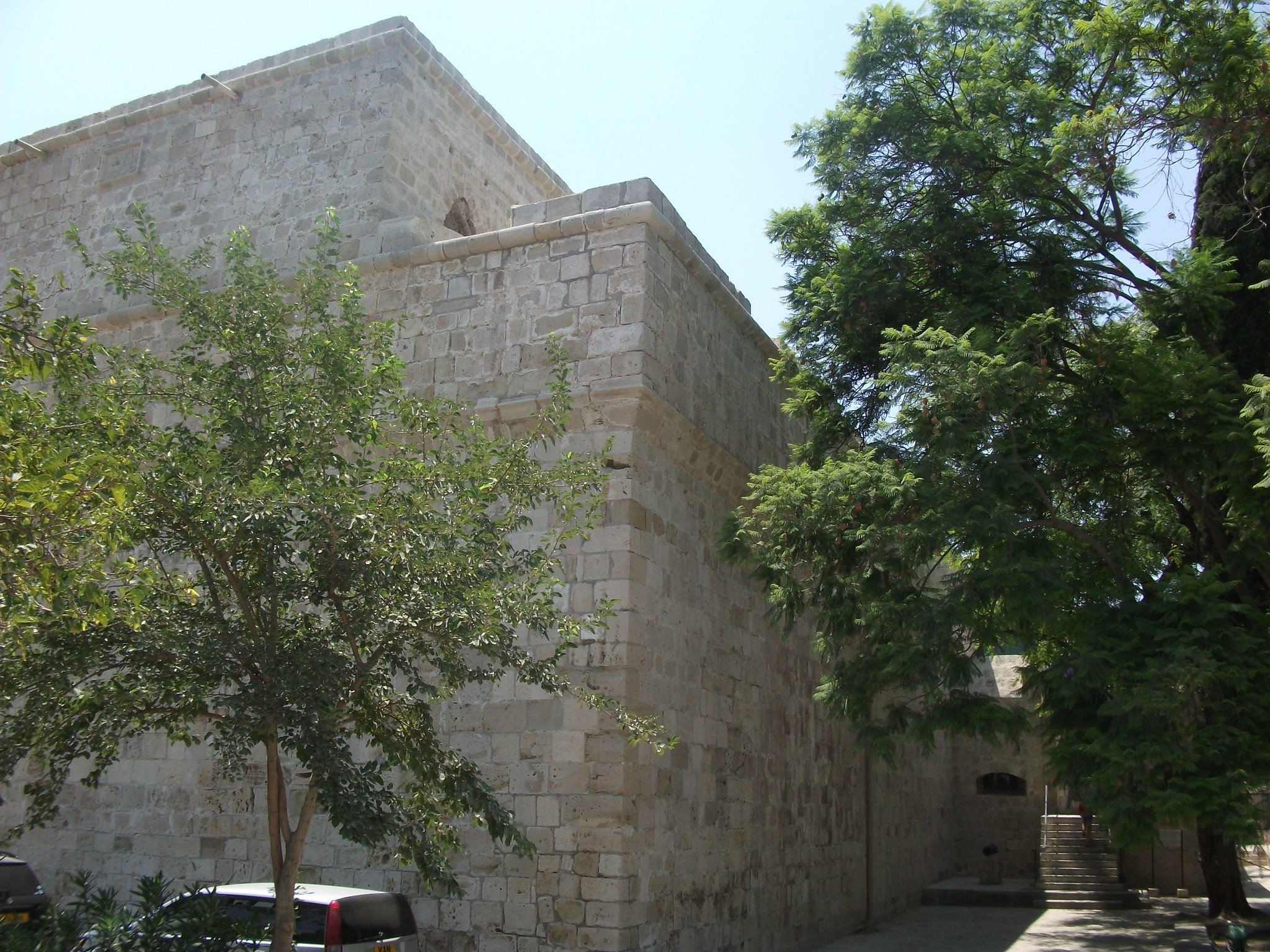Nestled in the heart of Limassol, Cyprus, stands a testament to the island’s rich history and strategic importance: Limassol Castle. This imposing structure, with its thick stone walls and sturdy battlements, has weathered centuries of conflict and change, remaining a silent sentinel over the city’s old harbor.
The castle’s architecture is a fascinating blend of medieval European and Byzantine influences, reflecting the island’s unique position at the crossroads of East and West. As you approach the castle, you’re immediately struck by its formidable appearance. The massive square tower, rising above the surrounding walls, serves as both a lookout point and a last line of defense. It’s easy to imagine sentries scanning the horizon for approaching ships, ready to sound the alarm at the first sign of danger.
One of the most striking features of Limassol Castle is its entrance. The main gate, flanked by two round towers, was designed to be a formidable obstacle to any would-be invaders. In medieval times, this entrance would have been protected by a drawbridge and a portcullis – a heavy iron grate that could be lowered to seal off the entrance. Today, visitors can still see the grooves in the stonework where the portcullis would have slid into place.
Once inside the castle walls, you’re transported back in time. The courtyard, now a peaceful space often used for cultural events, would have once been a hive of activity. Soldiers, servants, and nobles would have bustled about their daily business, all under the watchful eye of the castle’s lord. The well in the center of the courtyard, still visible today, was a crucial feature, ensuring a supply of fresh water during times of siege.
As you explore further, you’ll notice the clever defensive features built into the castle’s design. Arrow slits, narrow openings in the walls, allowed archers to fire upon attackers while remaining protected. These slits are wider on the inside, giving the defender a good field of view, but narrow on the outside, making it difficult for return fire to find its mark.
The castle’s walls themselves are a marvel of medieval engineering. Built of local limestone, they’re several meters thick at the base, tapering as they rise. This design not only provided stability but also helped to deflect projectiles. The walls are topped with crenellations – the distinctive up-and-down pattern that provided cover for defenders while allowing them to fire upon attackers.
One of the most intriguing aspects of Limassol Castle is how it has been adapted over the centuries. Originally built in the 13th century on the site of an earlier Byzantine castle, it has been rebuilt and renovated multiple times. The Venetians, who ruled Cyprus in the 16th century, made significant modifications to strengthen the castle against artillery fire. Later, during the Ottoman period, the castle served as a prison and military base.
Today, Limassol Castle houses the Medieval Museum of Cyprus, offering visitors a glimpse into the island’s rich history. As you wander through its halls, you can’t help but feel a connection to the countless individuals who have walked these same stone floors over the centuries – from Crusader knights to Ottoman prisoners, from Richard the Lionheart to modern-day tourists.
In many ways, Limassol Castle is a microcosm of Cyprus itself – a place where East meets West, where ancient history coexists with modern life. Its enduring presence serves as a reminder of the island’s strategic importance throughout history and the many cultures that have left their mark on this Mediterranean crossroads. Whether you’re a history buff, an architecture enthusiast, or simply a curious traveler, Limassol Castle offers a fascinating journey through time, right in the heart of one of Cyprus’s most vibrant cities.
Limassol Castle stands as a significant historical landmark in Cyprus, reflecting the island’s rich and complex past. Originally built in the 13th century on the ruins of an earlier Byzantine fortress, the castle has served various purposes throughout its existence, including as a prison, military headquarters, and museum. Its strategic location near the port of Limassol made it a crucial defensive structure during medieval times. Today, the castle houses the Medieval Museum of Cyprus, showcasing artifacts from the Byzantine, Frankish, Venetian, and Ottoman periods. The castle’s architecture, with its thick walls and imposing presence, continues to captivate visitors and serves as a testament to Cyprus’s enduring cultural heritage and the historical importance of Limassol as a coastal city.

